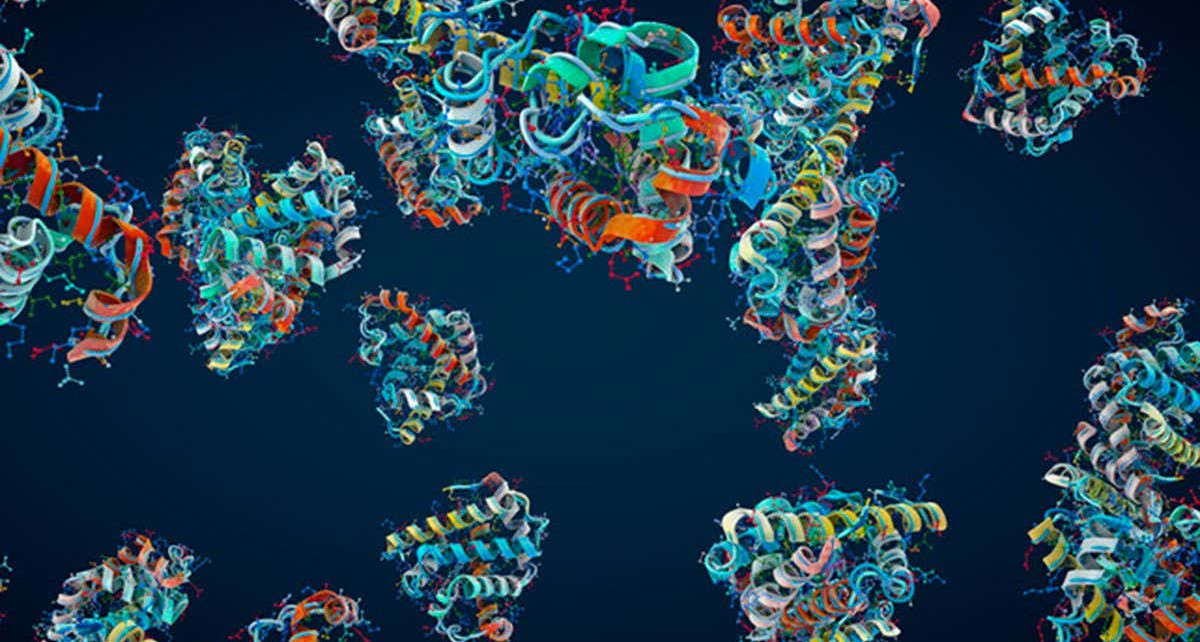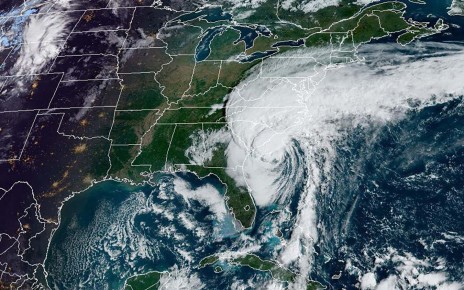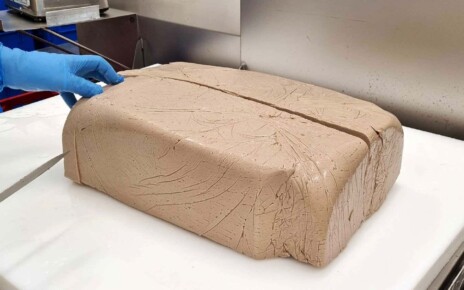An AI was tasked with creating proteins with anti-microbial properties. Researchers then created a subset of the proteins and found some did the job
Technology
26 January 2023
Proteins are made of chains of amino acids CHRISTOPH BURGSTEDT/SCIENCE PHOTO LIBRARY
An AI has designed anti-microbial proteins that were then tested in real life and shown to work. The same approach could eventually be used to make new medicines.
Proteins are made of chains of amino acids. The sequence of those acids determine the protein’s shape and function.
Ali Madani at Profluent, a biotechnology start-up in California, and his colleagues used an AI to design millions of new proteins, then created a small sample of those to test whether they worked.
The AI, called ProGen, works in a similar way to AIs that can generate text. ProGen learned how to generate new proteins by learning the grammar of how amino acids combine to form 280 million existing proteins. Instead of the researchers choosing a topic for the AI to write about, they could specify a group of similar proteins for it to focus on. In this case, they chose a group of proteins with antimicrobial activity.
The researchers programmed checks into the AI’s process so it wouldn’t produce amino acid “gibberish”, but they also tested a sample of the AI-proposed molecules in real cells. Of the 100 molecules they physically created, 66 participated in chemical reactions similar to those of natural proteins that destroy bacteria in egg whites and saliva. This suggested that these new proteins could also kill bacteria.
The researchers selected the five proteins with the most intense reactions and added them to a sample of Escherichia coli bacteria. Two of the proteins destroyed the bacteria.
The researchers then imaged them with X-rays. Even though their amino acid sequences were up to 30 per cent different from any existing proteins, their shapes almost matched naturally occurring proteins. James Fraser at the University of California, San Francisco, who was part of the team, says it was not clear from the outset that the AI could work out how to change the amino acid sequence so much and still produce the correct shape.
“It was sort of an ‘it looks like a duck, it quacks like a duck’ situation and X-rays confirmed it also walked like a duck,” says Fraser. He was surprised to have found a well-functioning protein in the first relatively small fraction of all the ProGen-generated proteins that they tested.
A similar process could be used to create new test molecules for drug development, though they will still have to be tested in labs, which is time-consuming, says Madani.
More on these topics:




